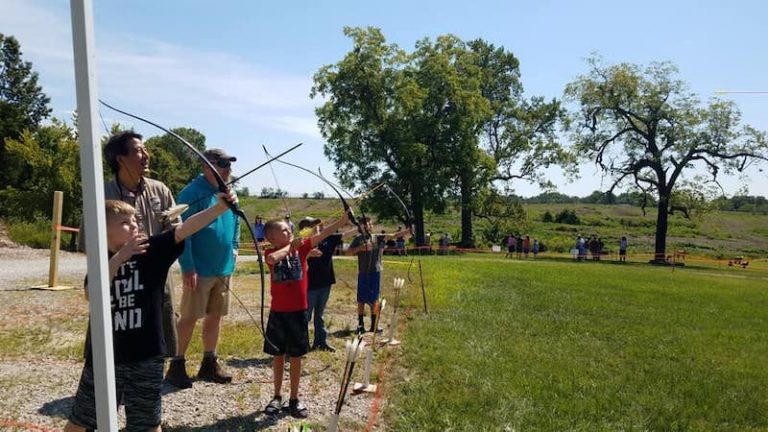Future Outcomes
Dan Forster, ATA’s vice president and chief conservation officer, said the changes greatly benefit the hunting and shooting communities, even though the FET funds go only to state wildlife agencies. The act provides no direct monetary benefit to ATA members, but its investments will eventually generate business for the entire industry.
“States are no longer handcuffed in how they try to increase participation in our sports,” Forster said. “You’ll likely see them strengthen existing R3 efforts in new and different ways by spending FET allotments more strategically.”
Forster foresees agencies building more recreational archery parks or ranges; and hosting more recruitment events, mentoring workshops, and field demonstrations. These changes will likely include urban and suburban areas to attract more people, and provide city dwellers more places to shoot archery.
He concedes that rural areas probably won’t see many changes. However, those who live in suburbs, metropolitan areas, or places with relatively few participants will likely see more activities and communications inviting them to hunt and shoot.
Forster urges ATA members to be patient, engaged and involved. “The decline in hunting participation happened over several decades,” he said. “It resulted from significant social changes. The solutions aren’t simple, but I’m confident these changes will help wildlife agencies and our industry increase participation.”
Your Role and Duties
Forster also encourages ATA members to get connected, share ideas, and spread the word.
“You don’t always have to reach into your pocket to help,” he said. “States need and welcome your ideas and participation to develop, promote and implement R3 activities.”
Forster recommends working with state-agency staff and partners, and attending stakeholder meetings to share ideas. Learn how you can contribute to R3 planning and activities. State agencies are eager to work with industry partners and private organizations, and now is a great time to start.
Likewise, ATA-member retailers can offer range space, equipment and service, either free of charge or at a discount, for state-coordinated events. And if you can’t help in person, stay connected to stay informed. Subscribe to state and national R3 newsletters, and browse your state agency’s website regularly.
By staying apprised, you can be your community’s information pipeline. Share mentoring information, equipment demonstrations, and instructional opportunities with your customers and community on your website and social media.
“State agencies are open to any way you can help,” Forster said. “ATA members have lots of knowledge, and can offer support on many levels.”
Contact your state’s R3 coordinator to discuss how you can get involved. You can also connect with many helpful people and groups in the archery industry. The ATA’s State Contacts page lists information for many industry partners, organizations and representatives. Click here to get redirected.
Questions? Please contact Dan Forster at danforster@archerytrade.org, or (866) 266-2776, ext. 128.



